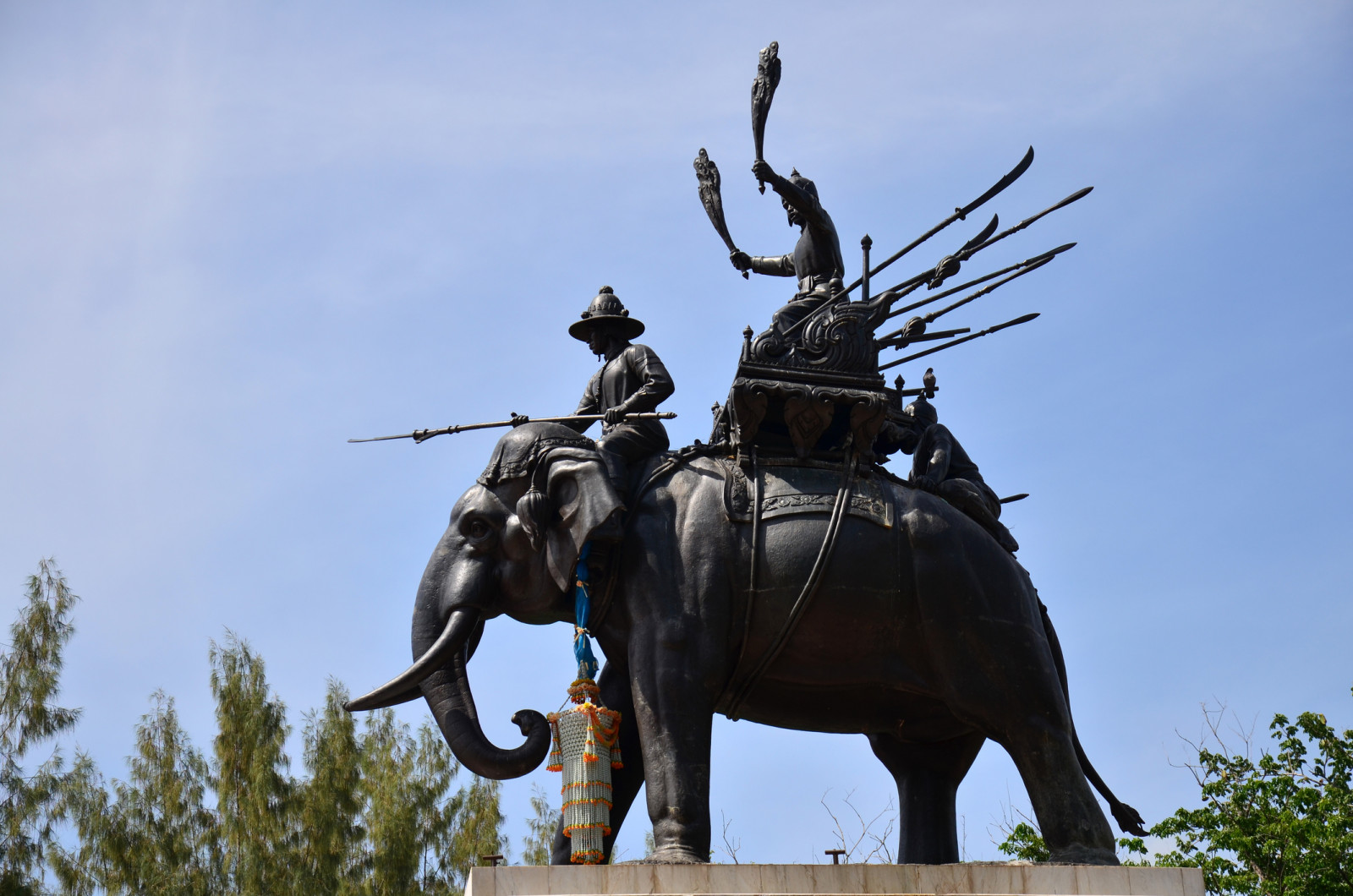Contents
- Scorpion Bombs
- Sick Rams and Donkeys
- War Elephants
- War Pigs
- Greek Fire
Many “illegal” behaviors and use of weapons can be seen during wars. The situation is not much different in ancient times, and incredible weapons were used, from Black Death bombs to throwing donkeys infected with deadly pathogens at the enemy.
Long before death by the atomic bomb reached world-destroying proportions, humans were finding “creative” ways to maim and kill each other, many of them based on the destructive power of the natural world. Of course, most examples were not as complex as today’s ones, such as some medieval weapons in which people threw feces at their enemies, but there are still some chemical mixtures that are not fully resolved even today.
Now let’s take a look at these together…
Scorpion Bombs
Almost 2,000 years ago, humans found a way to weaponize scorpions by making clay pot bombs filled with poisonous spiders. As b, author of Greek Fire, Poison Arrows, And Scorpion Bombs, explains, Roman soldiers who attempted to besiege the ancient desert city of Hatra under the rule of Emperor Septimius Severus in 198-99 AD experienced this horror. They encountered transmitter bombs.
The soldiers endured 20 grueling days as exploding scorpion bombs rained down on them. Earthen pots targeted exposed areas of skin, including the face and eyes, with the deadly creatures inside. In the end, Hatrien’s defenses prevailed and Severus’ army retreated.
Sick Rams and Donkeys
One of the oldest examples of biological warfare dates back to B.C. It is attributed to the Hittite Plague that hit the Eastern Mediterranean in the 14th century. Tularemia, a bacterial disease caused by Francisella tularensis, is thought to have been weaponized by infected rams and donkeys placed along enemy trade routes. The combination of accidental and malicious spread of the disease caused the disease to spread over a very wide area.
War Elephants
King Pyrrhus of Epirus suffered a humiliating defeat while trying to settle a dispute in Argos with a fleet of war elephants. According to the story, when it was time to retreat from the battlefield, the corpse of one of the dead war elephants blocked the road and drove the remaining elephants crazy. During this incident, Pyrrhus managed to stab to death an enemy soldier who wounded him. However, the stabbed soldier’s mother, in a grief-stricken rage, threw a stone at Pyrrhus’ head and hit its mark, ending the king’s life.

War elephants were highly effective both against cavalry on horseback and against infantry, which they could simply crush. Additionally, their teeth could be sharpened or various cutting weapons could be attached, making them more dangerous. However, these creatures, which could be seen as tanks of their time, had a weakness.
War Pigs
You can imagine what kind of chaos prevails on a battlefield, with the screams of people and horses added to the sounds of spears, swords, shields and armor hitting each other. But someone wanted to take the chaos to the next level with the sounds of panicked pigs.
When Pyrrhus first brought war elephants to the Romans in 280 BC, it was noted that these animals had poor vision and were sensitive to sound – especially pig squealing. This motivated the pigs to launch an attack on the elephants, Adrienne Mayor wrote for The Conversation. This interesting tactic caused the King of Epirus to experience the phrase Pyrrhic Victory, which continued to be used throughout the ages and meant a victory that was almost not worth winning due to the losses suffered.
Greek Fire

With the development of a deadly weapon called Greek Fire, used in naval battles by the architect Callinicus of Heliopolis, the Byzantine Empire no longer had to imagine that water could burn. First introduced in AD 672 during the reign of Emperor Constantine Pogonatus, this formula contributed to the great Siege of Constantinople and its “secret formula” was closely guarded.
Some chemical mixtures consisting of oil or naphtha (a flammable mixture of liquid hydrocarbons) could ignite when thrown onto ships and could even continue to burn in water. Its exact ingredients and ignition mechanism are still unknown, but quicklime may have been used to initiate the chemical reaction, the Royal Museum Greenwich says. Since water did nothing to extinguish flames, those under attack needed sand or vinegar to extinguish Greek fire.